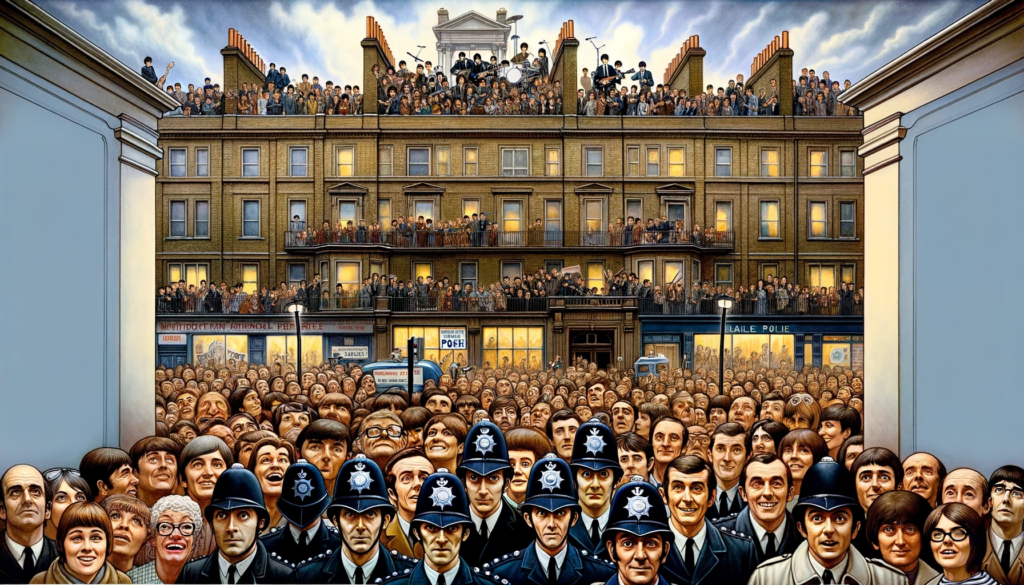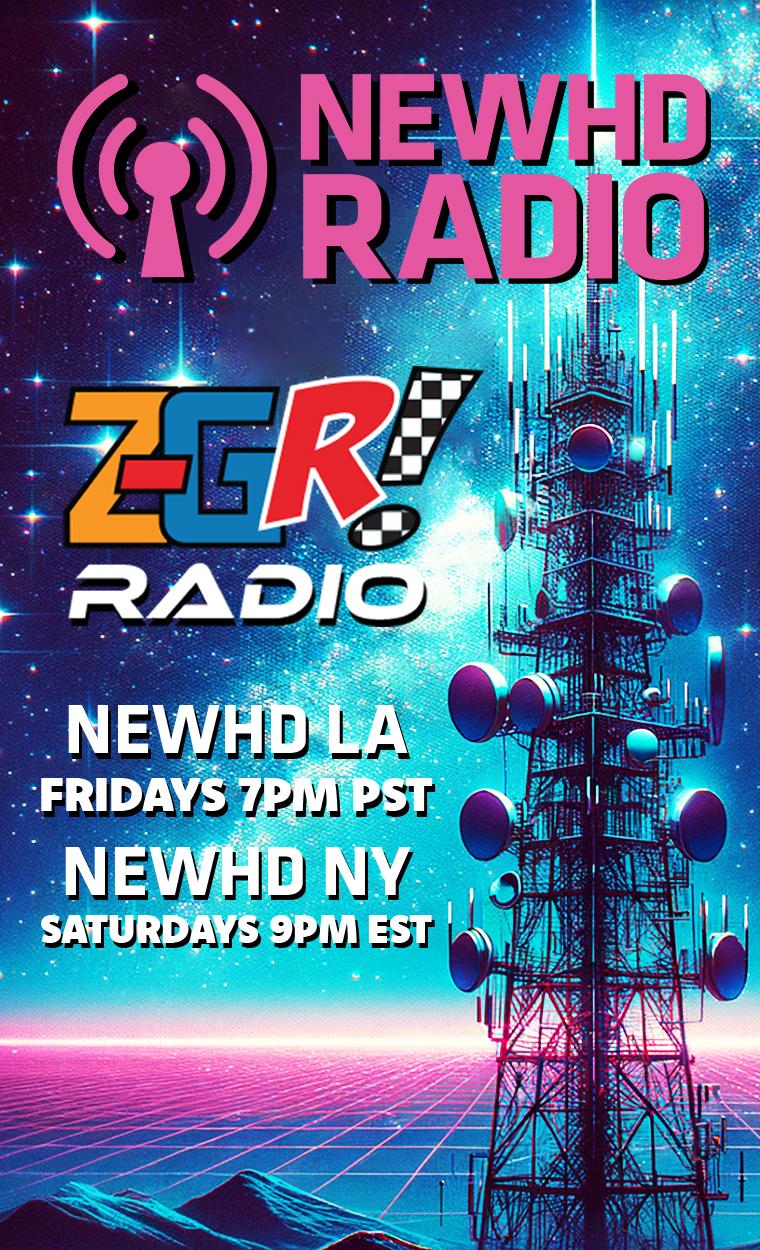The Tumultuous Road to the Rooftop: Setting the Stage for a Historic Performance
As 1969 dawned, The Beatles found themselves navigating a period of intense internal discord. The band, having not played live for over two years, was on the brink of dissolution. This period, often referred to as the “winter of discontent,” was marked by growing tensions and diverging artistic visions among the members.
Paul McCartney, in a bid to unify the group and return to their roots, spearheaded the “Get Back” project. Envisioned as a return to the raw, unfiltered essence of their music, the project aimed to strip away the complex production of their recent albums. However, this endeavor only further highlighted the fractures within the band. George Harrison’s growing resentment towards McCartney’s leadership, Ringo Starr’s preoccupations with other commitments, and John Lennon’s increasing detachment, exacerbated by the omnipresent influence of Yoko Ono, created an atmosphere rife with conflict and frustration.
Despite these challenges, the project moved forward. Initially planned as a two-night TV special, it was to feature the band writing new material and culminating in a live performance – their first since their 1966 U.S. tour. However, as creative differences and logistical challenges mounted, the grand vision of the “Get Back” project began to unravel. The need for a decisive conclusion led to the impromptu decision to perform on the rooftop of the Apple Corps building. It was a move born out of convenience and a desire to bring a sense of closure to the increasingly fraught sessions.
As they ascended the rooftop on that chilly January day, The Beatles were unaware that they were about to etch a pivotal moment into the annals of music history.

A Rooftop in London: The Beatles’ Final Live Symphony
On January 30, 1969, an unexpected musical spectacle unfolded atop the Apple Corps building on Savile Row. At around 12:30 pm, The Beatles, accompanied by keyboardist Billy Preston, emerged onto the rooftop, instruments in hand, ready to perform in the chilly London air. This unannounced concert was about to become an indelible piece of music history.
The setlist for this impromptu gig was a testament to The Beatles’ enduring creativity. They performed nine takes of five songs: “Get Back,” “Don’t Let Me Down,” “I’ve Got a Feeling,” “One After 909,” and “Dig a Pony.” Each song resonated with the raw energy and authenticity that McCartney had envisioned for the “Get Back” project. The band members, despite their internal strife, united in their love for music, delivering a performance that captured the essence of their earlier, carefree days.
As the sound of their music cascaded down the streets, a sense of bewilderment and awe struck the unsuspecting onlookers. Office workers peered out of windows, shoppers stopped in their tracks, and fans quickly gathered, their eyes fixed on the iconic figures above. This was The Beatles, live, possibly for the last time, sharing their art in its most unfiltered form.
This rooftop concert, though unplanned and unrehearsed, symbolized more than just a performance. It was a spontaneous act of musical defiance, a reminder of The Beatles’ ability to captivate and charm, a band not yet ready to say goodbye.

The World Below: Reactions to an Unprecedented Concert
The unexpected rooftop concert by The Beatles not only created a stir among the band’s fans but also left an indelible mark on the unsuspecting public of London. As the first chords rang out, a wave of excitement mixed with confusion swept through the streets of Savile Row. Office workers, shopkeepers, and pedestrians were drawn to the unexpected source of music, looking up in wonder at the sight of the world’s most famous band performing live on a rooftop.
This spontaneous concert was met with varied reactions. For many, it was a delightful surprise, a break from the monotony of a regular workday. People gathered on nearby rooftops and hung out of windows, captivated by the raw, live music emanating from above. However, not everyone was pleased. Local businesses, disrupted by the gathering crowds and the loud music, lodged complaints with the Metropolitan Police.
The police response to these complaints was initially reluctant. Officers, aware of the band’s immense popularity and the peaceful nature of the gathering, were hesitant to intervene. However, as the crowd grew and traffic began to stall, they had no choice but to act. The arrival of the police on the rooftop added an unexpected layer of drama to the event. The Beatles, half-expecting an intervention, played on, with McCartney improvising lyrics in response to the unfolding situation.
Ultimately, the concert ended without major incident. The police requested the band to stop playing, and after their final song, the members of The Beatles retreated from the rooftop, leaving behind a legacy of one of the most unique and spontaneous live performances in rock history.

Echoes from the Rooftop: The Lasting Legacy of an Unplanned Finale
As the last notes of “Get Back” faded into the cold London air, so too did the final live performance of The Beatles come to a close. Unbeknownst to the band and the onlookers that day, this rooftop concert would go down in history as a poignant finale to The Beatles’ public journey together.
The impact of this spontaneous performance reverberated far beyond the streets of Savile Row. It symbolized not only the end of The Beatles as a live act but also marked a moment of transition in the music world. The concert was a testament to the band’s enduring influence and their ability to capture the public’s imagination in even the most unexpected settings.
Over the years, the rooftop concert has been celebrated, analyzed, and even mythologized. It stands as a powerful reminder of The Beatles’ innovative spirit and their willingness to push boundaries. This event has inspired countless musicians and fans, symbolizing the spontaneity and freedom that lie at the heart of rock music. The unscripted nature of the performance, the interaction with the audience below, and the police intervention, all contributed to making it an iconic moment in music history.
Today, the rooftop concert is not just remembered as The Beatles’ last live show; it is seen as a moment of cultural significance, capturing the spirit of an era and the essence of a band that forever changed the landscape of music.
Sophia’s Mission, established in 2019, is a registered 501(c)3 organization dedicated to creating employment opportunities for individuals on the autism spectrum, those with disabilities, and veterans, particularly in the fields of audio, radio, and media. This initiative is a significant step towards inclusivity and diversity in these dynamic industries.
In partnership with NEWHD Media, Sophia’s Mission plays a crucial role in providing a supportive platform that champions diversity and inclusivity. This collaboration extends through NEWHD Media’s iconic stations, including NEWHD New York and NEWHD Los Angeles, along with Veterans Classic Rock. These stations, accessible via the NEWHD Radio App and other platforms like Audacy and TuneIn, offer unique auditory experiences while providing employment opportunities to those who might face challenges in traditional job markets.
Father Zachary, also known as Zach Martin, is the founder of Sophia’s Mission and NEWHD Media. He has a notable background as an Orthodox Priest and a NYC Radio Personality with over two decades of experience. His work at radio stations like Q1043 and 101.1 CBS FM, and as a Syndicated Rock Host with the Jones Radio Network, showcases his deep connection with music and the community. His role in creating job opportunities for autistic individuals, those with disabilities, veterans, and individuals facing life-threatening diseases emphasizes his commitment to inclusivity and using his platforms to support marginalized groups in society.
The combined efforts of Sophia’s Mission and NEWHD Media, under Father Zachary’s leadership, emphasize the importance of inclusivity in the workplace and demonstrate a strong commitment to creating meaningful employment opportunities for individuals with unique challenges. This collaboration is an inspiring example of how organizations can contribute to positive social change by leveraging their resources and influence.
For more detailed information, you can visit their websites at Sophia’s Mission and NEWHDMedia.







